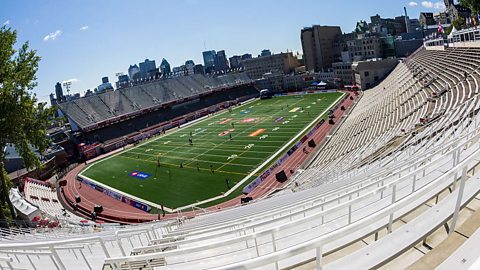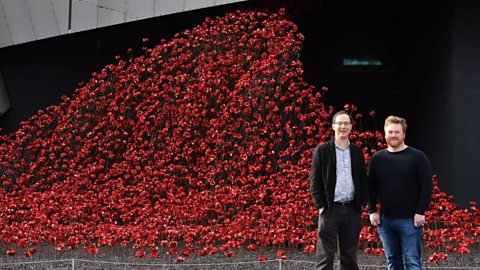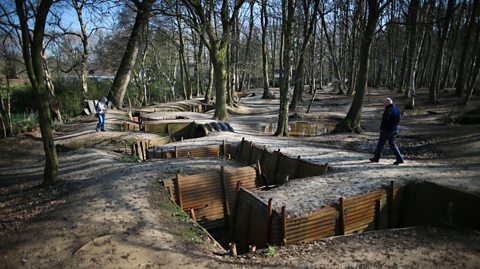Remembering the devastation of World War One can be painful, but all over the world you’ll find memorials to fallen soldiers.
There are lots of ways in which we remember casualties of war, but one of the most common is to have a large memorial site. Some have a really interesting story behind them that you may not have known - until now. Here are three from across the globe.
Percival Molson Stadium - Montreal, Canada

Percival Molson was a star Canadian athlete who performed in track and field events for McGill University, Montreal. He even competed in the 1904 Olympics in St. Louis, USA, running in the 400m. When WW1 broke out, he formed an infantry of fellow graduates from the university, but was tragically killed in 1917 by a howitzer gun fired from a German trench. In his will he left behind money for his university, with which they then built a sports stadium, and eventually named it after him.
Blood Swept Lands and Seas of Red - London, England

Some memorials are temporary. Blood Swept Lands and Seas of Red was an installation designed by artist Paul Cummins and designer Tom Piper. Their vision was to have a ceramic red poppy to represent each of the fallen British and colonial troops from the war, so a staggering 888,246 poppies were made.
Each poppy had six leaves, to symbolise the six service charities that they were raising money for. A team of 21,688 volunteers installed it in the moat of the Tower of London, and the last poppy was placed on the 11th November 2014 (marking 100 years since the start of WW1). The next day, the art installation started to get taken apart, and all the poppies were sold, raising millions of pounds for the six charities.
However, two beautiful structures within the artwork, Weeping Window and Wave, were bought and gifted to the nation, and have toured the entire country. For the Armistice Day Centenary, Weeping Window went on display at the Imperial War Museum London and Wave went to the Imperial War Museum North in Salford.

Sanctuary Wood (Hill 62) Museum - Ypres, Belgium

During WW1, battles were fought everywhere, including on private farmland. When the war was over, farmers returned to their land to find trenches and dugouts all over them. Most farmers filled them in and returned the land to its original state, but some across Europe were preserved in their wartime state, and one in Ypres called Sanctuary Wood has become a very famous war museum. The museum is owned by the grandson of the farmer who took the land back in 1919 when he returned to Ypres after the war.
If you go there, you’ll be able to walk in the footsteps of WW1 soldiers, who would have spent many days there during WW1. Sanctuary Wood is so named because British soldiers are thought to have tended to their wounded there during the first battle of Ypres. Many lost their lives, but this place provided sanctuary for some.
This article was published in November 2018
World War One
Find out more about the start of the war, how it is remembered today and how it changed people's lives for ever.
